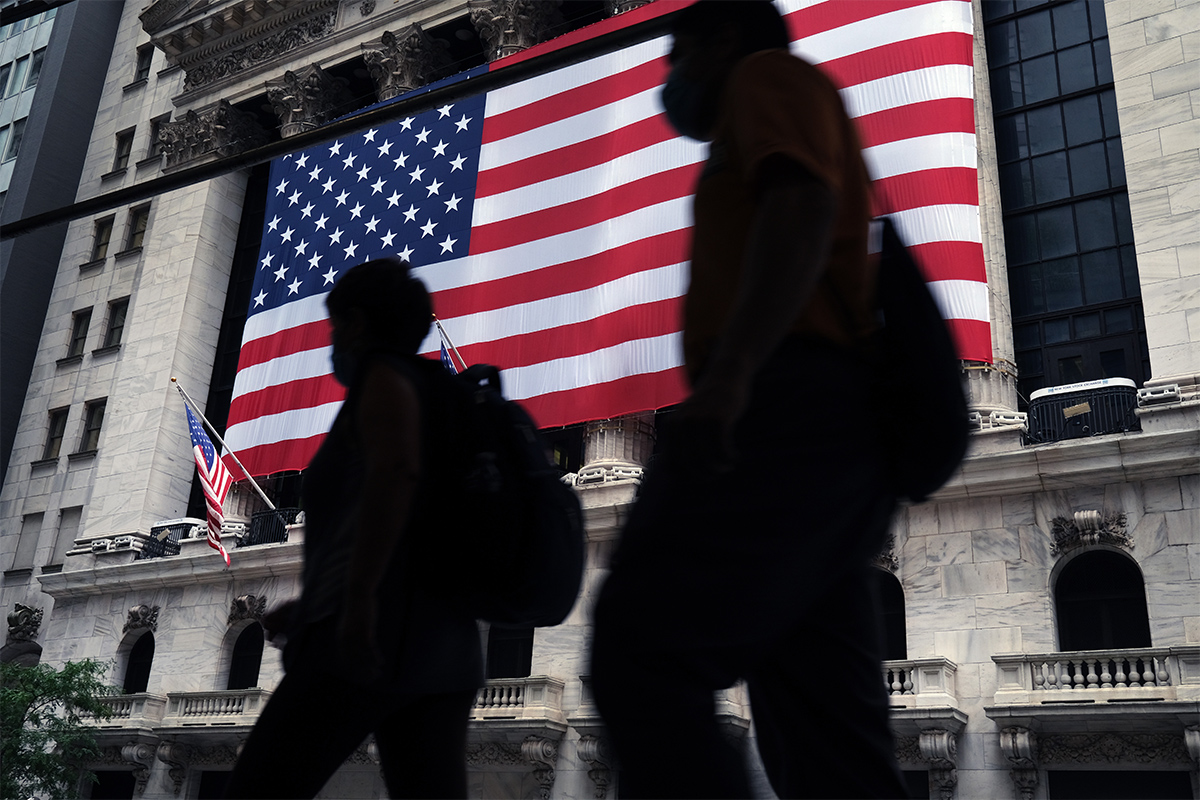The debate over whether the US economy has performed better under President Joe Biden or his predecessor, Donald Trump, is central to the current presidential campaign. Both leaders have had their successes and challenges, with each administration dealing with unprecedented events that significantly impacted economic outcomes. While comparing their economic records, it’s important to recognise the complexities of measuring success, especially in a world still recovering from the effects of the Covid-19 pandemic.
One of the most prominent indicators of economic performance is growth, often measured by Gross Domestic Product (GDP). Under Mr Trump, the economy initially showed strong growth, with an average annual rate of 2.3 per cent. However, the pandemic led to a dramatic collapse, wiping out much of the progress made. The recovery that followed has continued under Mr Biden, with the US economy posting one of the strongest pandemic recoveries among G7 nations. Mr Biden’s average annual growth rate of 2.2 per cent is nearly identical to Mr Trump’s, dispelling the notion that one president vastly outperformed the other in this regard. Inflation has been a major talking point, particularly under the Biden administration.
Advertisement
Prices surged during his first two years, peaking at 9.1 per cent in mid-2022, largely due to global factors like supply chain disruptions and the war in Ukraine. While inflation has since moderated to around 3 per cent, it remains higher than the levels seen when Mr Trump left office. Mr Biden’s $1.9 trillion American Rescue Plan, while necessary for economic recovery, also contributed to inflationary pressures, raising questions about the balance between stimulating growth and controlling prices. Employment figures have been a strong point for both administrations, albeit under different circumstances. Mr Trump’s first three years saw nearly 6.7 million jobs added, a notable achievement that was quickly overshadowed by the massive job losses caused by the pandemic.
Mr Biden, on the other hand, has overseen the fastest job growth in US history, with nearly 16 million jobs added since he took office. While some of this growth is attributed to the natural rebound from pandemic lockdowns, Mr Biden’s policies undoubtedly played a role in accelerating the recovery. However, recent fluctuations in job growth and a slight rise in unemployment have tempered the optimism surrounding these gains. Wage growth has been another area of concern. While wages did rise under both Mr Trump and Mr Biden, the impact of inflation under Mr Biden has eroded real wages.
This means that, despite nominal increases in pay, workers’ purchasing power has declined since Mr Biden took office. This wage stagnation is a critical issue for many Americans, particularly those in lower-income brackets who are feeling the pinch of rising living costs. Ultimately, the question of whether the US economy is better or worse now than under Mr Trump depends on which metrics one values most and how much weight is given to the extraordinary circumstances that shaped both presidencies.











